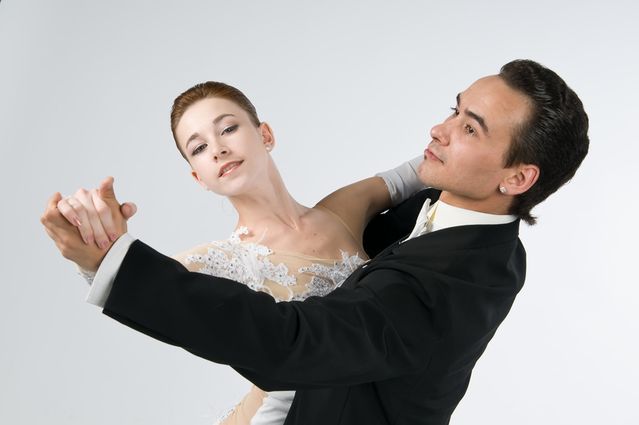
It’s the dance of European royalty. Famous Austrian composers of the 1800s, Johann Strauss I and II were the musical influences of the time. It is the hallmark of elegance and charisma. It is the only dance of the era that is still danced today.
Know what we’re talking about? If you guessed the Viennese Waltz, you would be correct.
Stemming from a time in history marked by the social grace of high society and royalty, the Viennese Waltz has carried through time and across cultures as a kind of sophisticated dance that is also accessible to all.
Though commonly imagined being danced at royal balls and events, the Viennese Waltz was also widely accepted by the general public. When it was first introduced, the dance requires its dancers to stay within close proximity to each other, which was considered daring and startling to the traditional culture of the time. Only after it was danced publicly by Queen Victoria did the Viennese Waltz become socially acceptable on a broad scale.
This dance requires a great deal of control and stamina, due to the tempo of the music. But, when done correctly it embodies an expression of eloquence and carefree gaiety characteristic of those bygone days that are so closely linked to Vienna, The Blue Danube, and Strauss.
Today, the Viennese Waltz is a progressive and turning dance that features some movements that are danced in place. It also features some “rise and fall” movements, but in the Viennese Waltz, they are created from the knees and body unlike the Waltz or Foxtrot where dancers may rise above their normal standing height to create the “rise and fall”.
A seamless combination of both modern and historic dance, the Viennese dance carries dancers around the floor sophisticatedly to a fun quick tempo. Learning to dance this elegant style will leave you feeling both energized and, somehow, maybe even a little bit royal.

